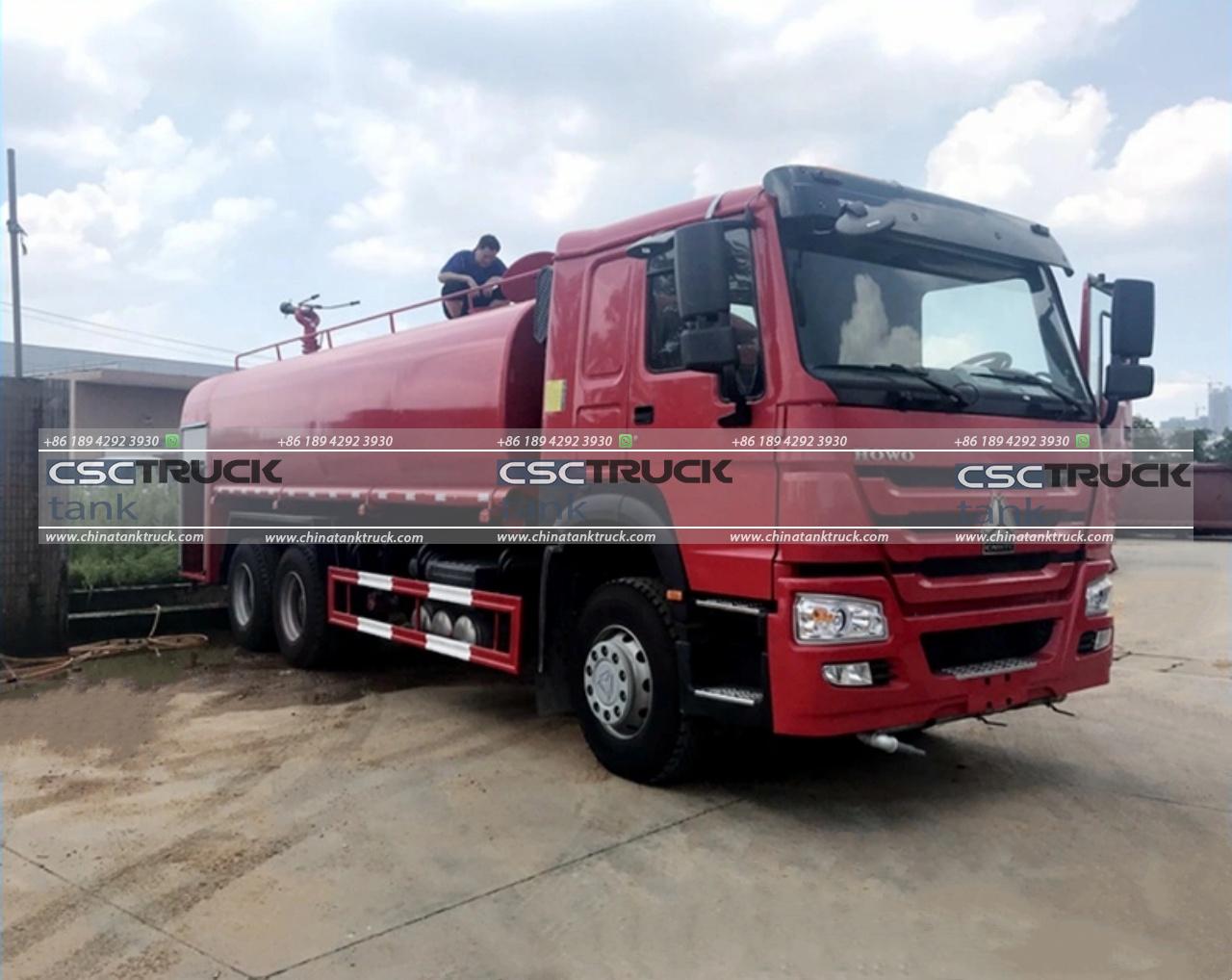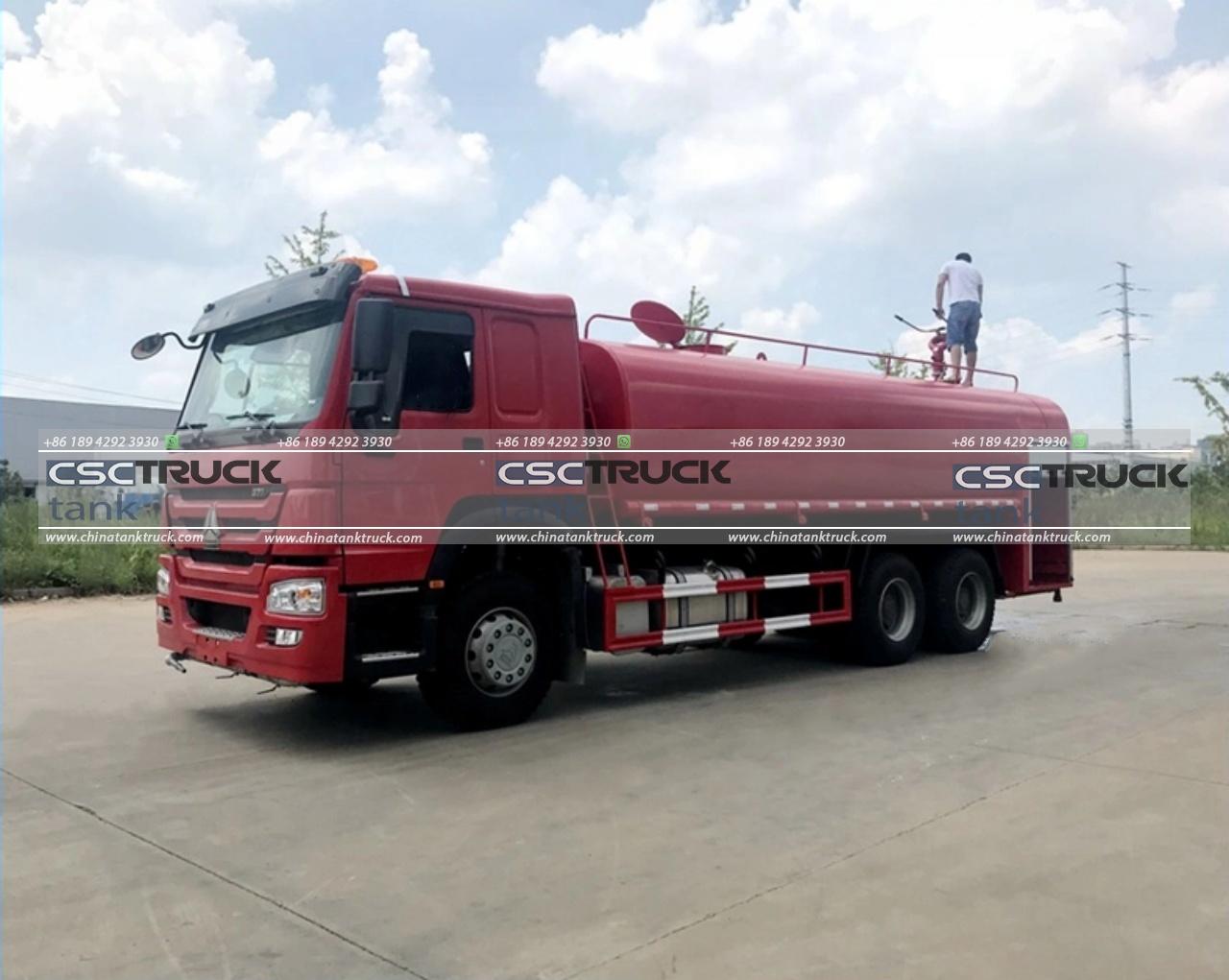What are the Big Water Tanks Called?
Water storage is an essential aspect of many industries and households, especially in areas prone to droughts, inconsistent water supply, or where large quantities of water are required for operations. The tanks used to store large volumes of water are commonly referred to as “big water tanks,” but these tanks go by specific names depending on their design, purpose, and construction material. In this article, we’ll explore the different types of big water tanks, their common names, uses, and characteristics.
Types of Big Water Tanks
1. Cisterns
Cisterns are large tanks or reservoirs used primarily for storing rainwater or water delivered from external sources. Traditionally made from materials like concrete, brick, or stone, modern cisterns can also be constructed from plastic or fiberglass. They are often buried underground or partially submerged, helping to regulate the water temperature and prevent contamination from external sources.
Cisterns are commonly used in residential, agricultural, and industrial settings where access to a reliable water supply is inconsistent. In areas prone to drought, cisterns play a crucial role in water conservation, allowing users to collect and store rainwater for later use, such as irrigation, flushing toilets, or even drinking after proper filtration.
2. Reservoirs
Reservoirs are large artificial or natural lakes used to store water for various purposes, including human consumption, irrigation, and industrial processes. While reservoirs are typically associated with large bodies of water formed by damming rivers, the term can also refer to above-ground tanks designed to store substantial volumes of water.
Above-ground reservoirs are often constructed from materials like steel, concrete, or reinforced plastics and are used in both urban and rural settings. These tanks can range in size from several thousand gallons to millions of gallons, depending on the water demand. In urban areas, reservoir tanks are crucial for maintaining a consistent water supply during peak usage times, while in rural areas, they are often used for agricultural irrigation.
3. Water Towers
Water towers are elevated structures that store water in a tank positioned at a height, using gravity to maintain water pressure in the distribution system. The water stored in a tower is typically treated and ready for use in residential and commercial applications.
Water towers are a common sight in many towns and cities, serving as both functional infrastructure and landmarks. The height of the tower ensures that water can be delivered with adequate pressure to homes and businesses, even in areas where the natural elevation would otherwise make water supply challenging. Water towers are often constructed from steel or concrete and can hold anywhere from a few thousand to several million gallons of water.
4. Standpipes
Standpipes are vertical storage tanks that function similarly to water towers but without the elevated structure. Instead of being raised high above the ground, standpipes store water in a tall, cylindrical tank that sits directly on the ground. The height of the standpipe itself creates enough pressure to distribute water to nearby areas.
Standpipes are often used in industrial settings or smaller communities where a full water tower might not be necessary. They can be constructed from materials like steel or concrete and are generally used to maintain water pressure in the distribution system or to provide water for fire protection.
5. Silos
Although commonly associated with agriculture, silos are sometimes used to store large volumes of water, particularly in industrial or agricultural settings. Water silos are tall, cylindrical tanks designed to store liquids or solids, and when used for water storage, they are often made of metal or reinforced concrete.
Water silos are ideal for storing water in areas where space is limited, as their vertical design allows for significant storage capacity without requiring a large footprint. These tanks are often used in conjunction with other storage methods, such as underground cisterns or above-ground reservoirs, to provide a reliable water supply for various applications.
6. Bladders
Water bladders, also known as pillow tanks or flexible tanks, are large, flexible containers made from durable materials like reinforced PVC or rubber. These tanks can be used to store large volumes of water temporarily or permanently and are often used in remote locations or for emergency water storage.
Bladders are highly versatile and can be easily transported when empty, making them ideal for disaster relief, military operations, or remote construction sites. They can hold thousands of gallons of water and are designed to withstand harsh environmental conditions. Additionally, water bladders are often used in situations where traditional rigid tanks are impractical due to space constraints or the need for mobility.
7. Underground Storage Tanks (USTs)
Underground storage tanks, commonly referred to as USTs, are large tanks buried beneath the ground to store water or other liquids. These tanks are typically made from materials like fiberglass, steel, or concrete and are designed to minimize the environmental impact and prevent contamination.
USTs are widely used in both residential and commercial settings for storing potable water, stormwater, or even wastewater. By placing the tank underground, the water is kept at a consistent temperature, and the risk of damage from external factors is reduced. USTs are particularly useful in areas where above-ground space is limited or where aesthetic considerations are important.
8. Fire Water Tanks
Fire water tanks are specialized large water tanks used exclusively for storing water to be used in firefighting operations. These tanks are typically made from steel or reinforced concrete and are designed to hold significant amounts of water that can be rapidly accessed in the event of a fire.
Firewater tanks are commonly found in industrial facilities, commercial buildings, and even residential areas where there is a high risk of fire. These tanks are a critical part of fire protection systems, ensuring that a reliable supply of water is available for fire suppression, even in areas where the municipal water supply may be insufficient.

Choosing the Right Big Water Tank
When selecting a big water tank, several factors should be considered to ensure it meets your specific needs:
– Capacity: Determine the amount of water you need to store, taking into account peak usage times, emergency needs, and future growth.
– Material: Consider the tank material based on the type of water you are storing, the environment where the tank will be placed, and any regulatory requirements.
– Location: Decide whether the tank will be placed above ground, underground, or elevated, considering factors such as space availability, aesthetic concerns, and accessibility.
– Purpose: Identify the primary use of the tank, whether it is for drinking water, irrigation, fire protection, or industrial processes, to choose a tank that meets the specific requirements of the application.
Conclusion
Big water tanks come in various forms, each with its unique name and specific use. Whether you need a cistern for rainwater harvesting, a water tower for municipal water supply, or a fire water tank for safety, understanding the different types of tanks available will help you make an informed decision. By considering your storage needs, the tank’s location, and its intended purpose, you can choose the right big water tank to ensure a reliable and efficient water supply for your home, business, or community.


